For me this species signifies everything incredible about our local sandstone sclerophyll forest. The extraordinary stems of Epacris purpurascens cover themselves in tiny pinky white flowers and reach for the sun. There is something about them which is delicate but also symbolises endurance, they are a pretty wildflower in our bushland environment which can be quite harsh. Due to land clearing, bushfire and weed species left to invade our Bushland this species is now a vulnerable species in New South Wales under the Threatened Species Conservation Act 2016 (NSW). It was also on this list back in 1995, it would be great if we could see it used more widely to increase the numbers.
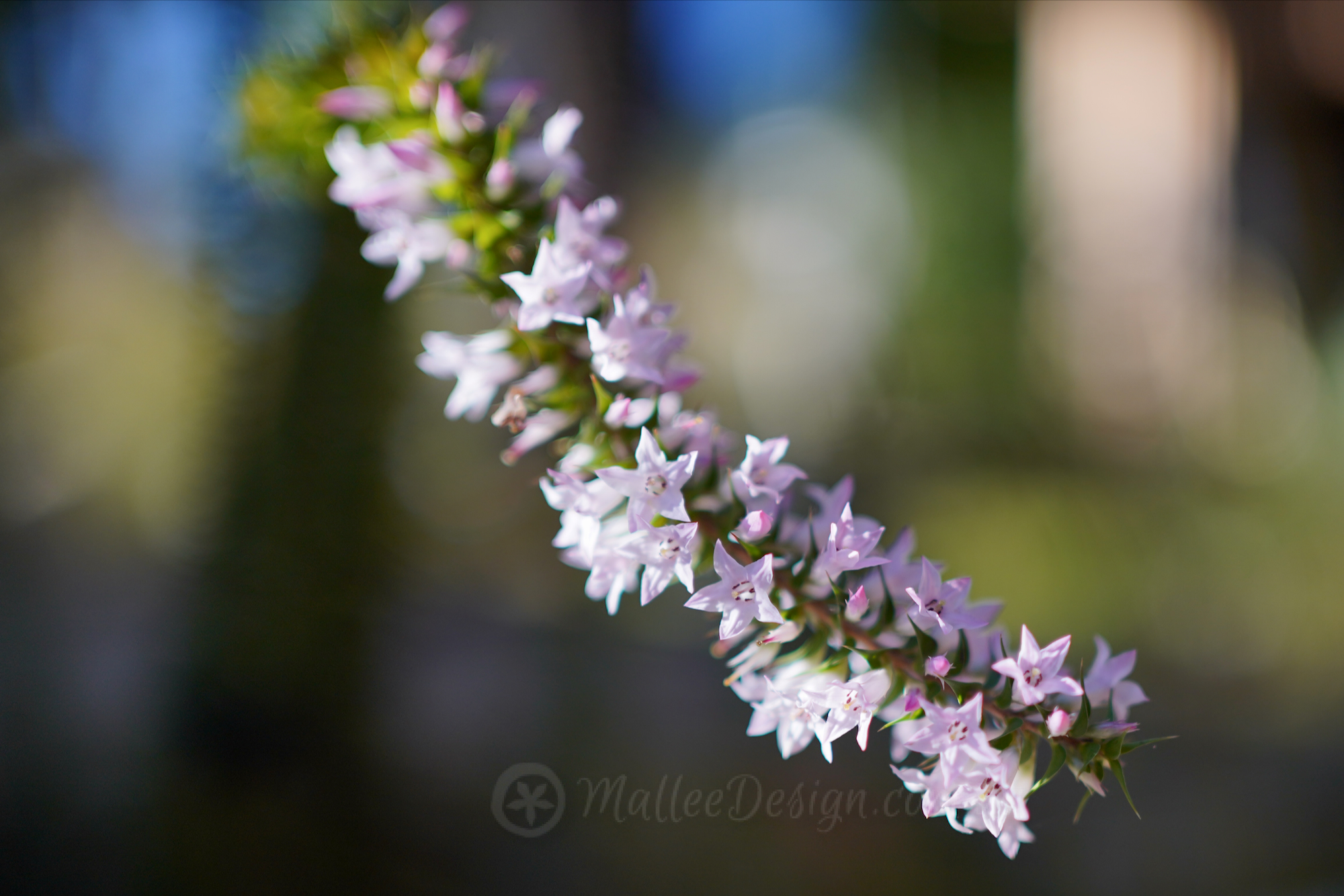
White or pink, tube-shaped flowers occur between Winter to mid Spring, and last for an extended period of time as the buds progressively open from the tip of the stem down to the base. It is a small erect shrub with vertical arching stems and grows to approximately 1.5mts high and 0.5mts wide. The leaves are heart-shaped and sharply-pointed.

Honeyeaters and other birds are attracted to the flowers and I have regularly seen honey bees on mine.
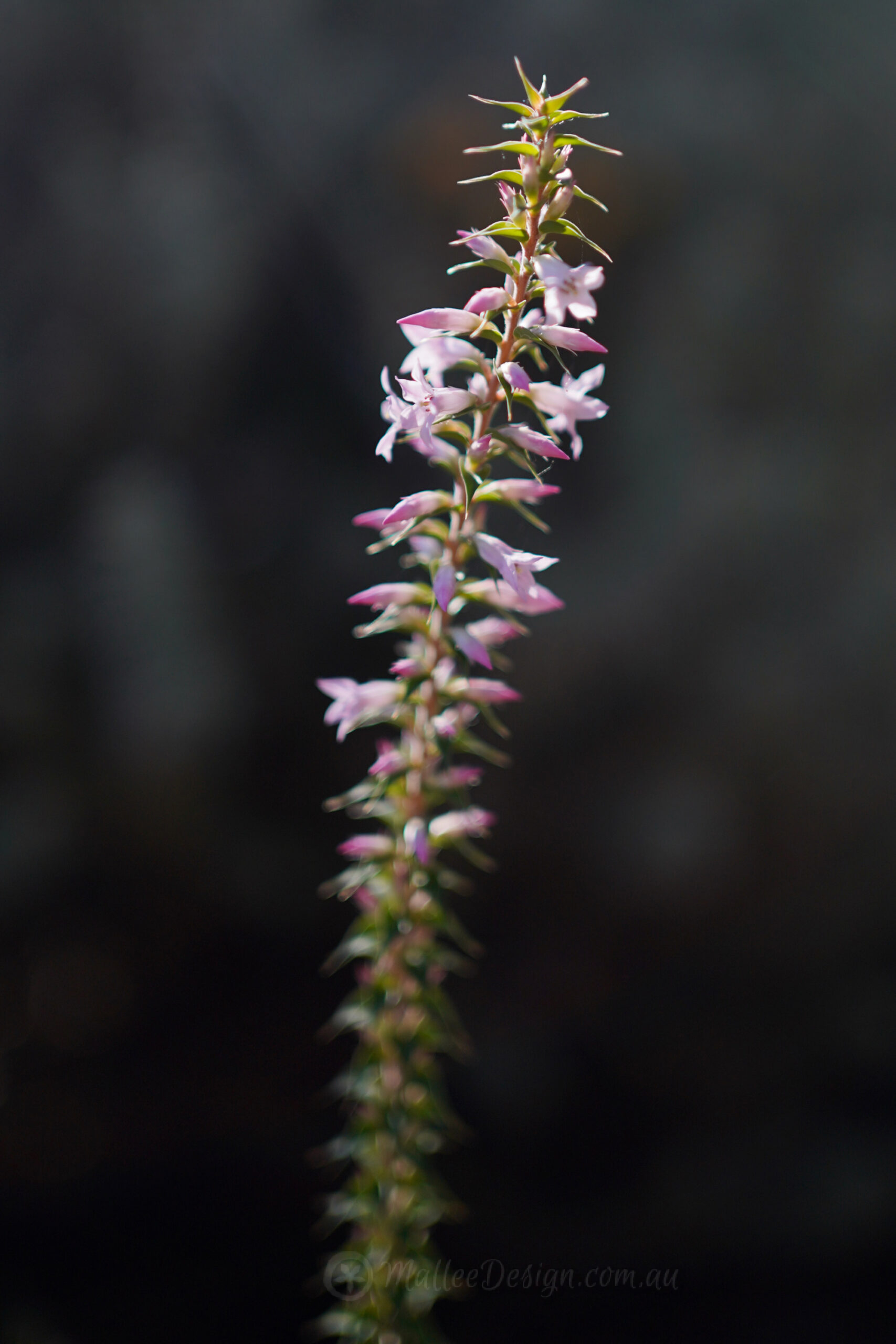
This Epacris grows in forest and scrub near creeks and swamps in eastern New South Wales. It will grow in rocky and poorly drained clay soils. I have the misfortunate of having clay soils and have planted three Epacris purpurescens around my pond, where they are thriving.
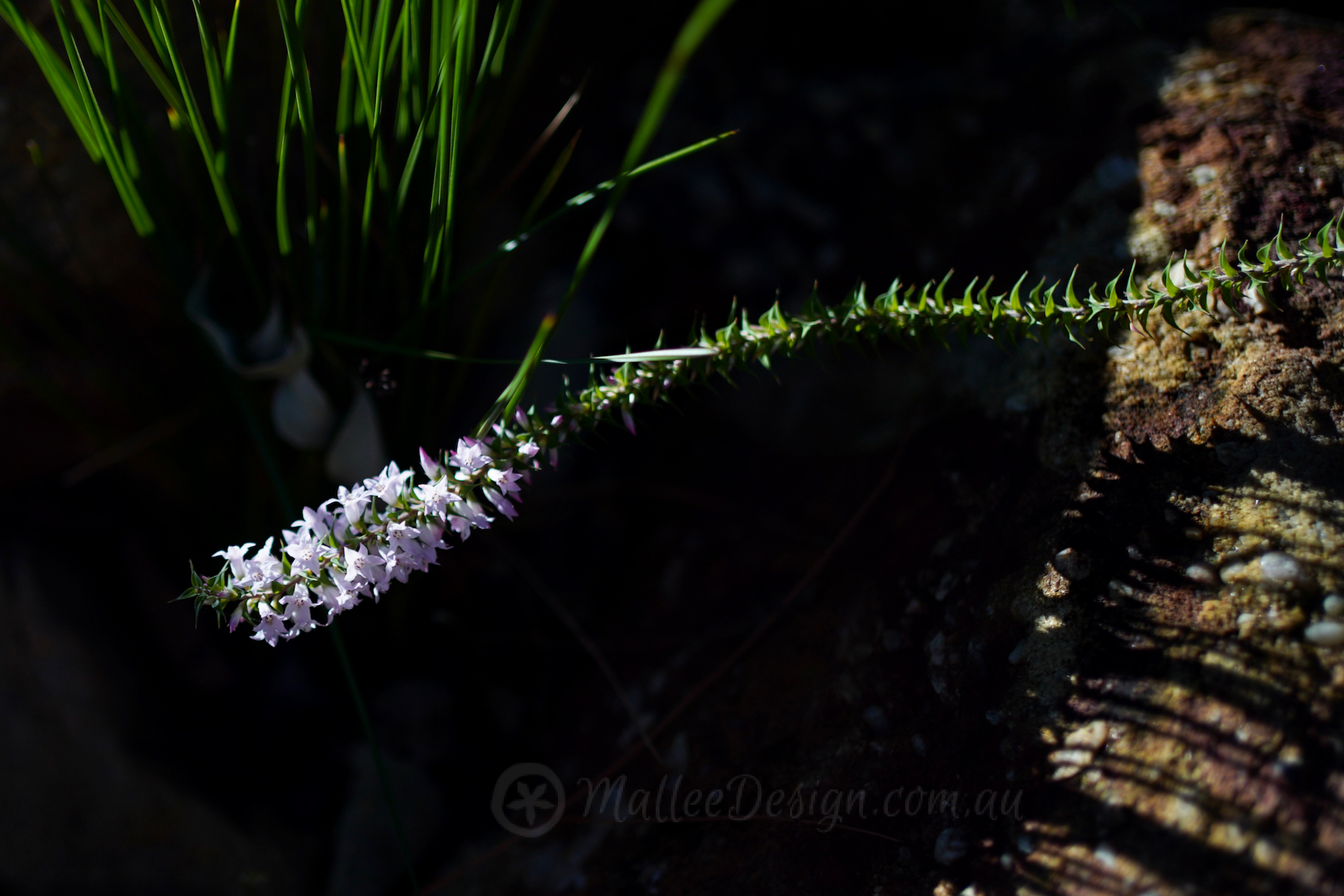
As this species doesn’t mind moisture it will also withstand temporary inundation to the root zone for a period of time. However, I have also observed this species in the bush growing on either sandstone with water running through it or gravel.
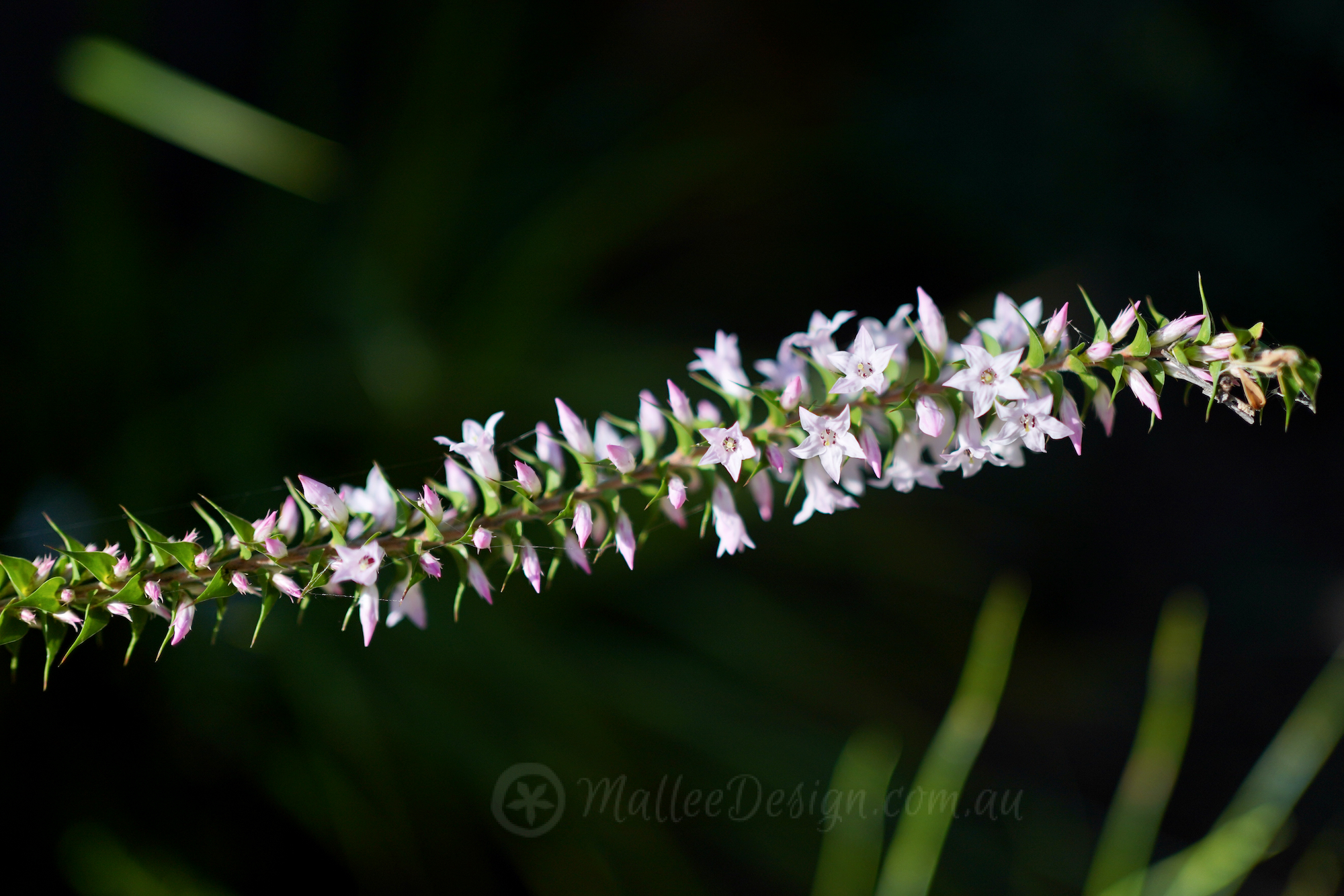
Epacris purpurascens tolerates light to moderate frosts and responds well to pruning. It thrives in partially shady areas. If you were to build up the soil with rocks to mimic its natural habitat (creek beds) this will achieve the best results in the garden. This species can also be grown in pots.
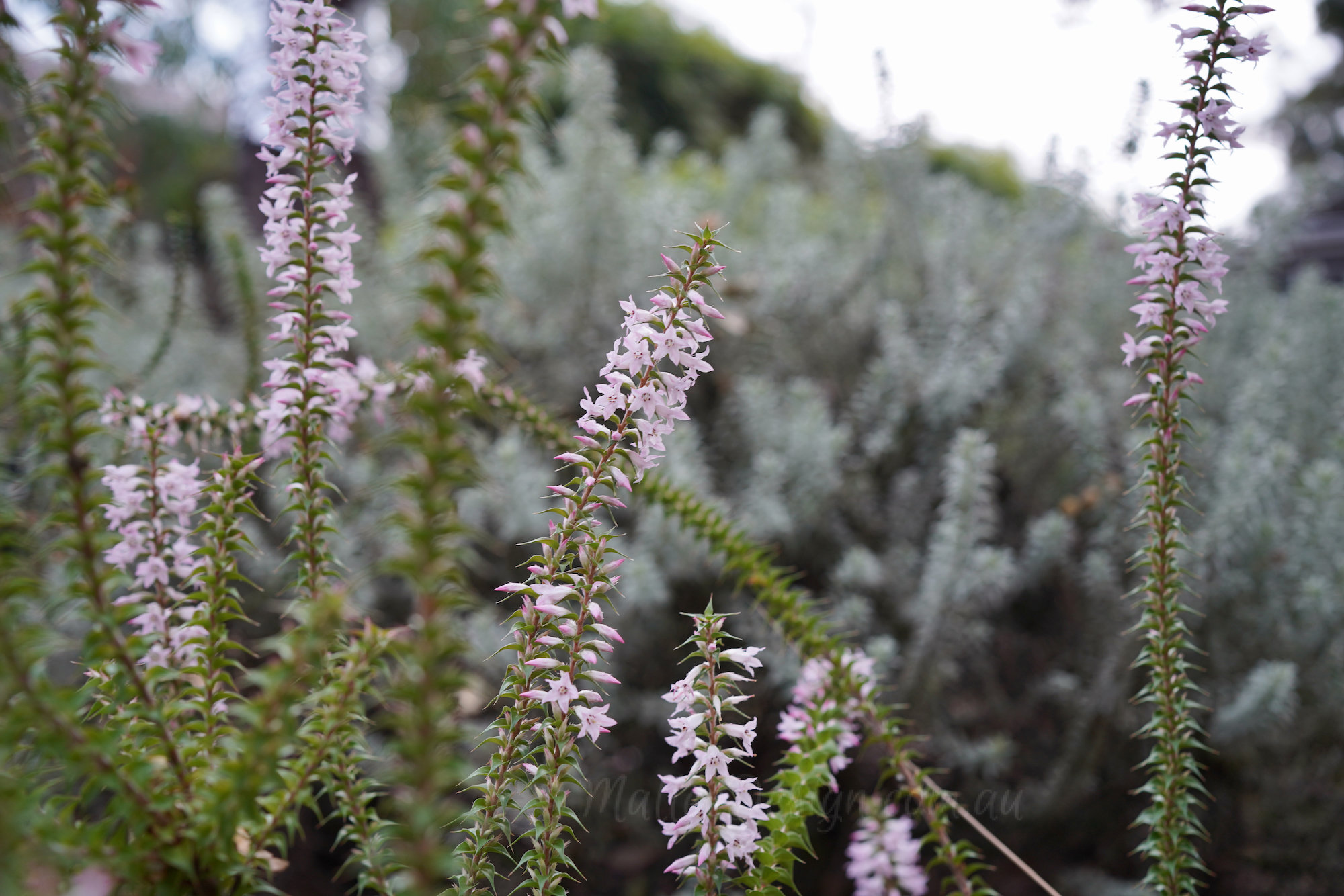
The most successful propagation method is by cuttings, the seeds are dust-like and are dispersed by wind or water. This is why it can be quite hard to find it in a nursery, my species were from a plants woman whom collects material in the lower blue mountains and outer north/western Sydney bushland.
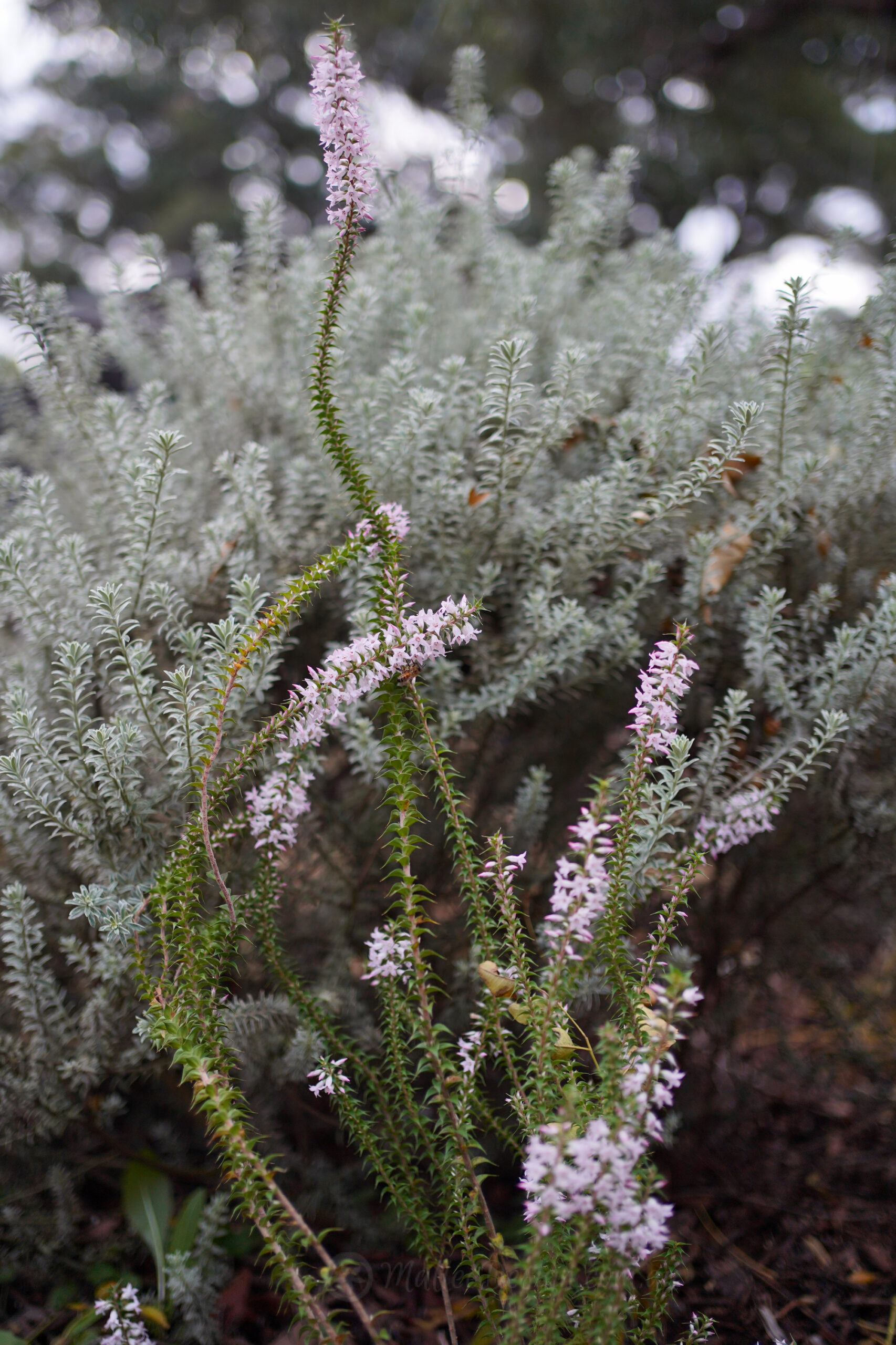
Grown here next to Westringia ‘Smokey’, the contrast in leaf colour is striking, I have popped my Epacris in tiny pockets amongst other natives, I like the way they pop their heads up to be admired.
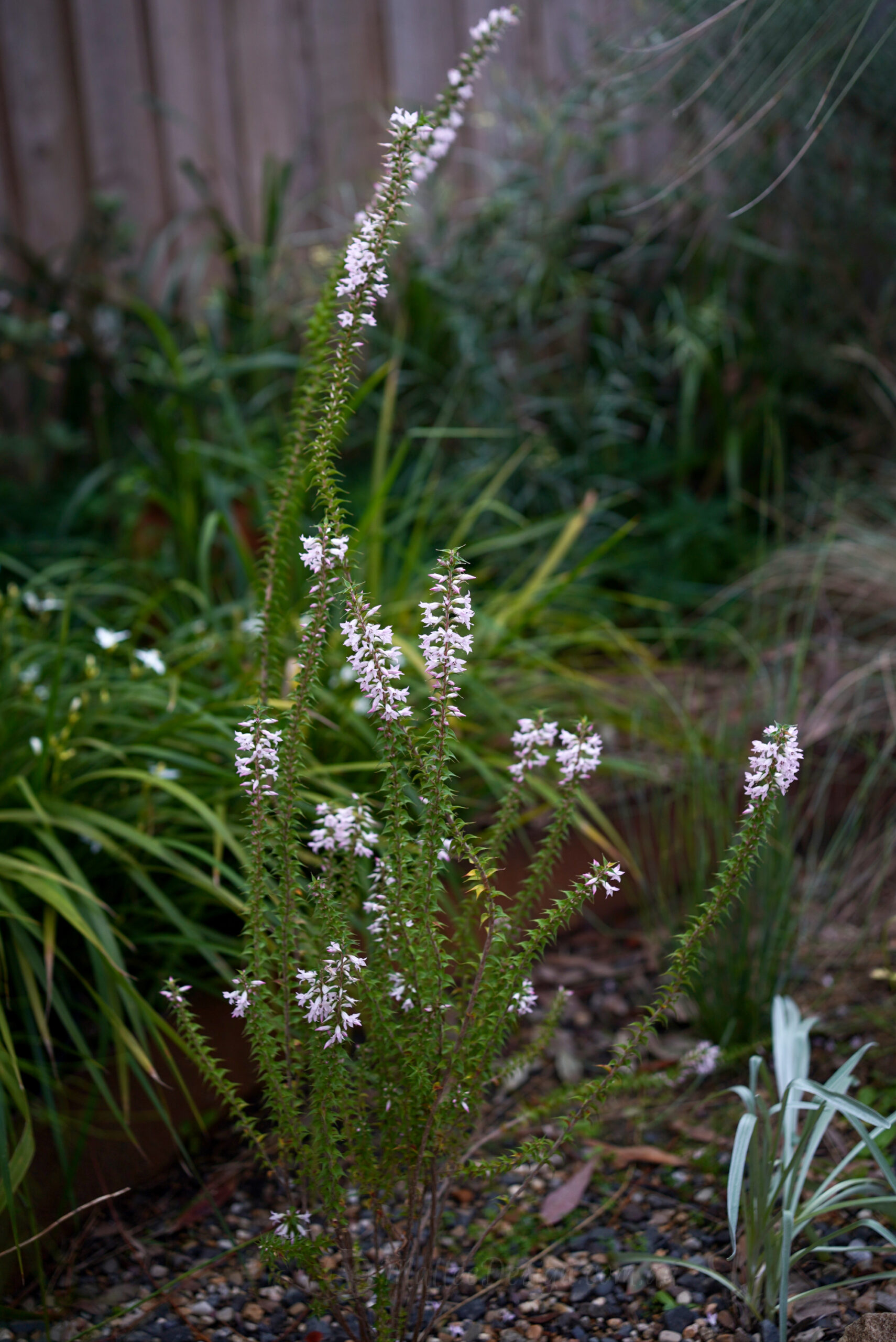

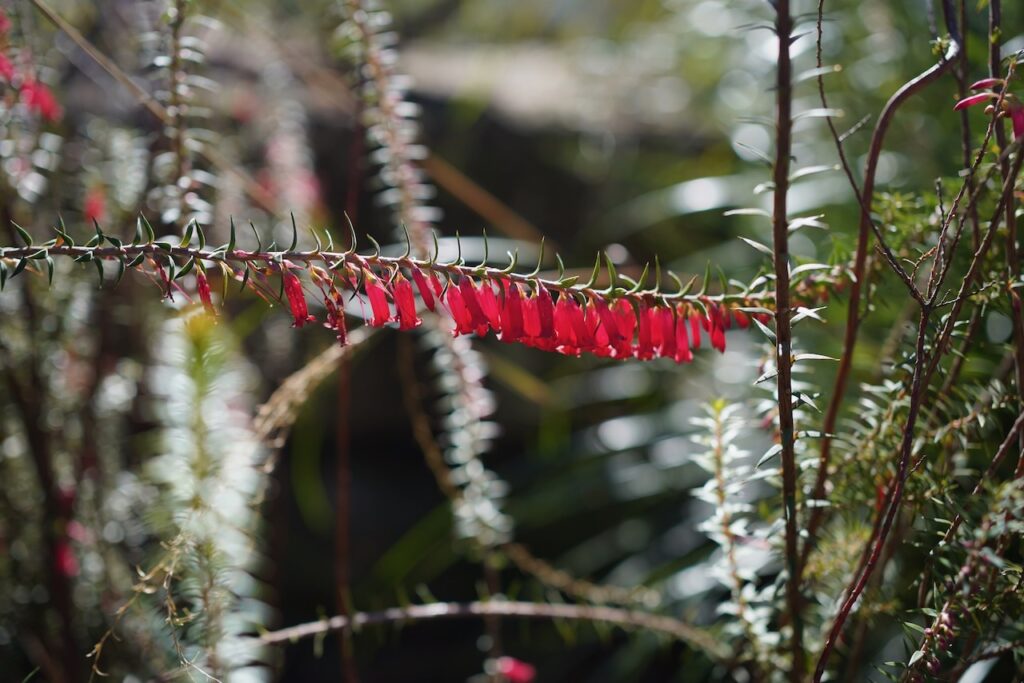
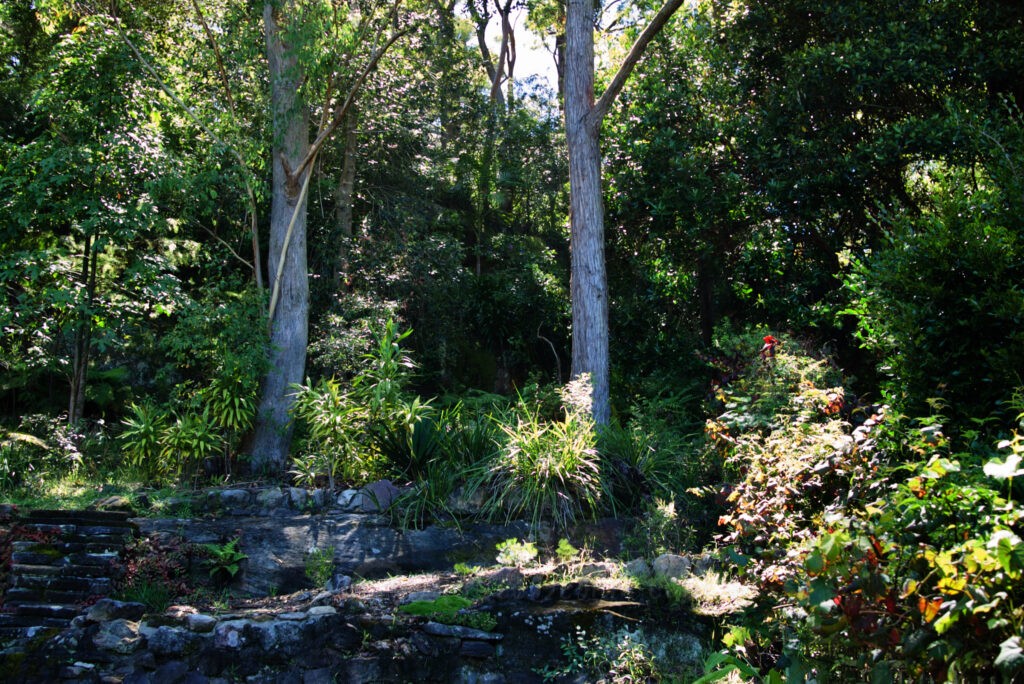
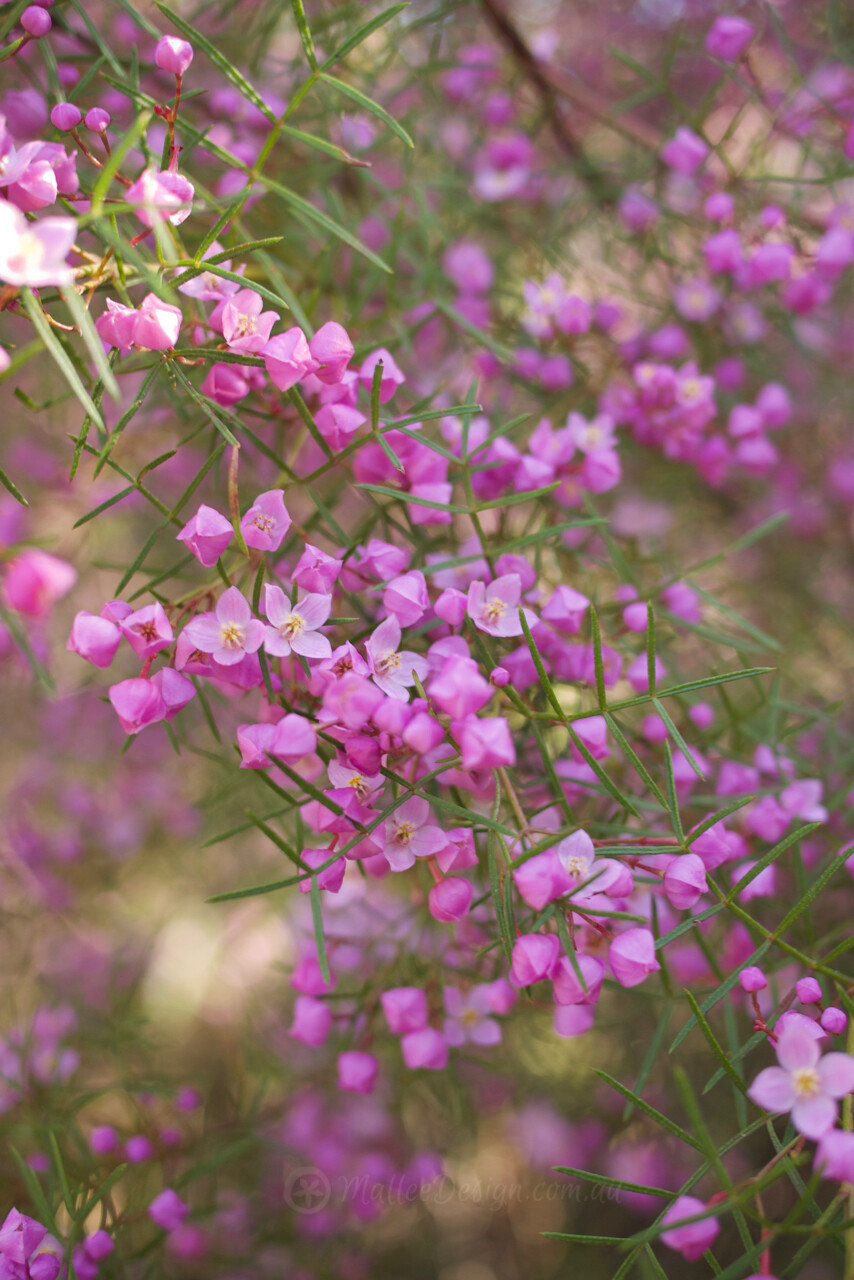
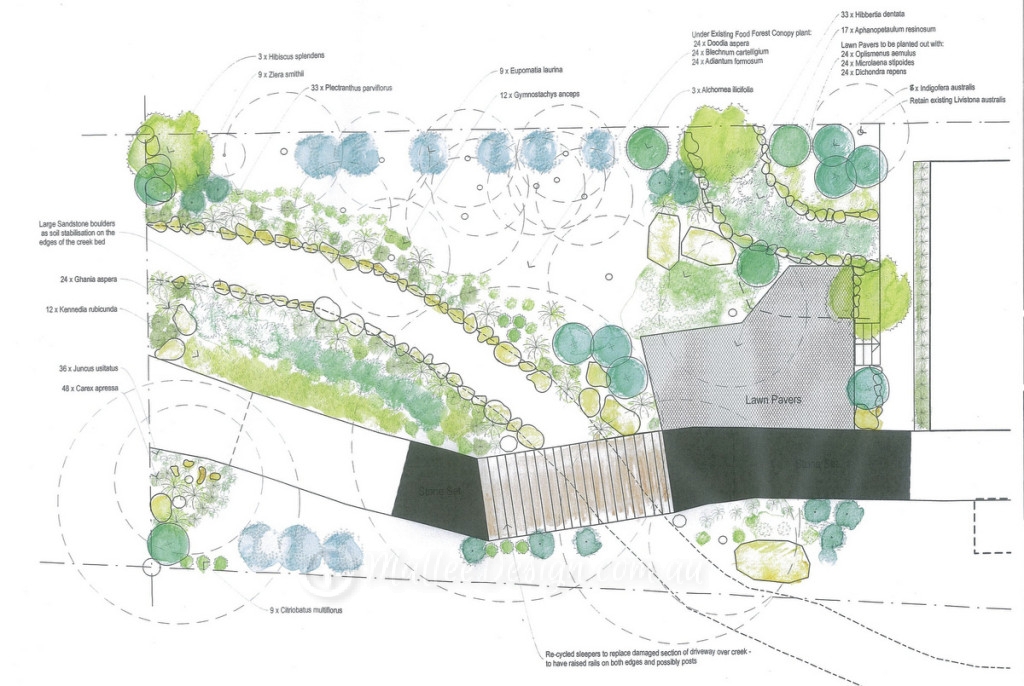
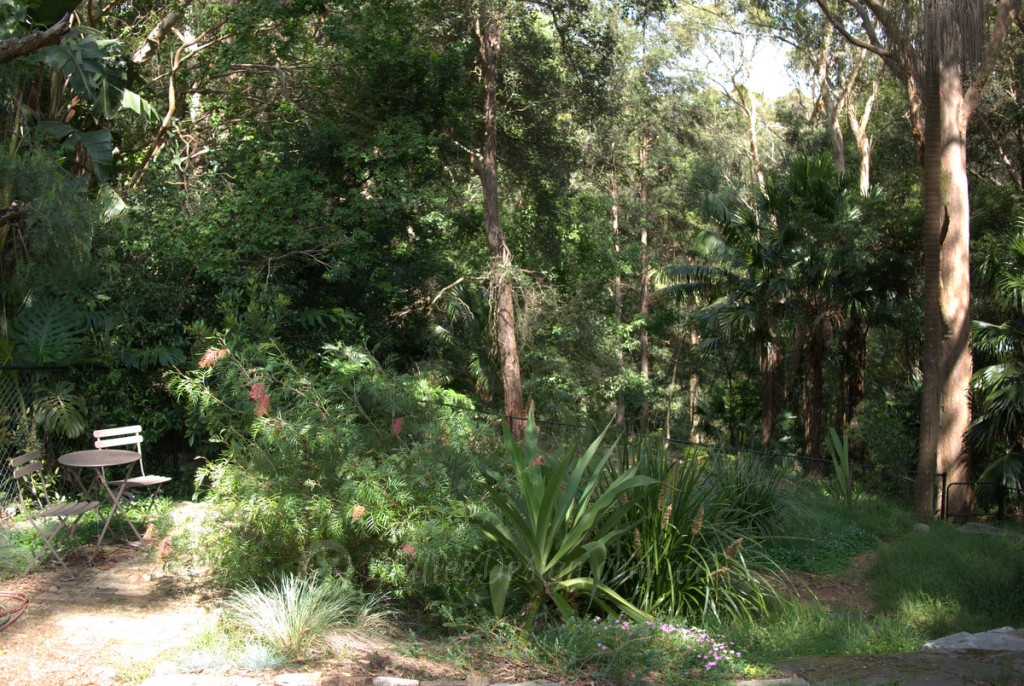
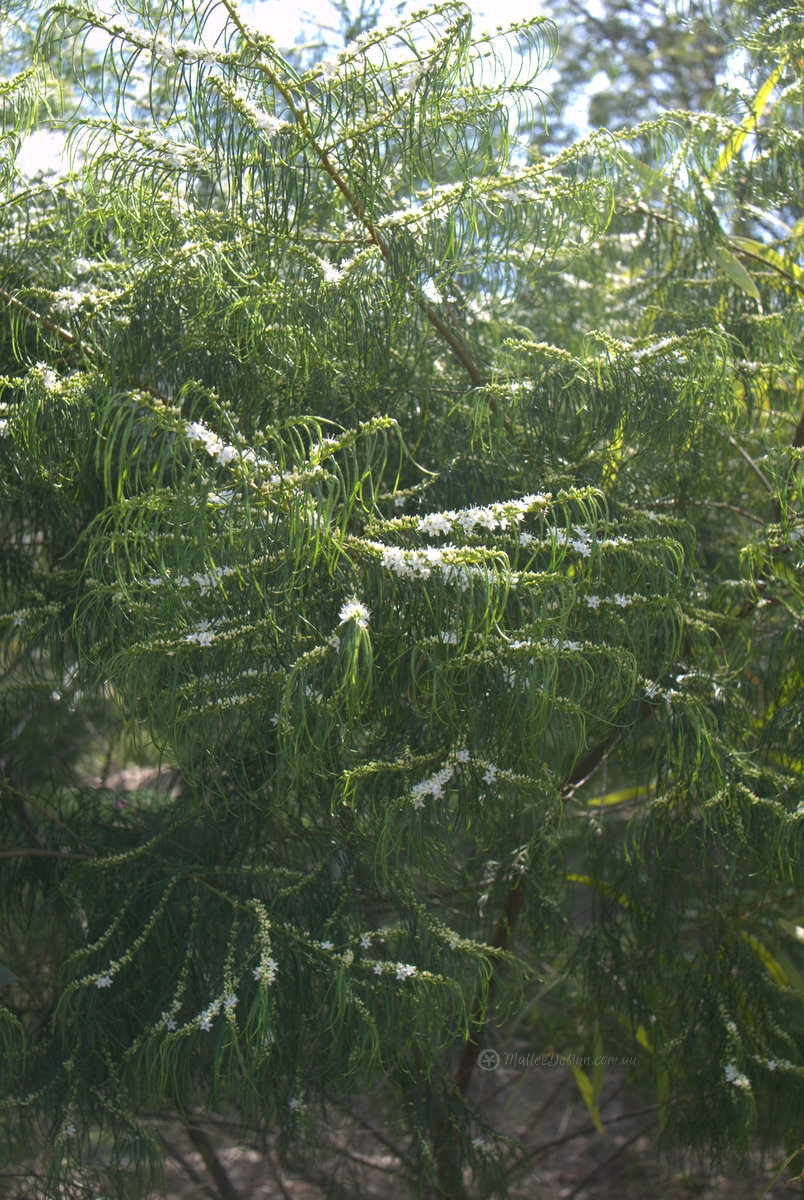
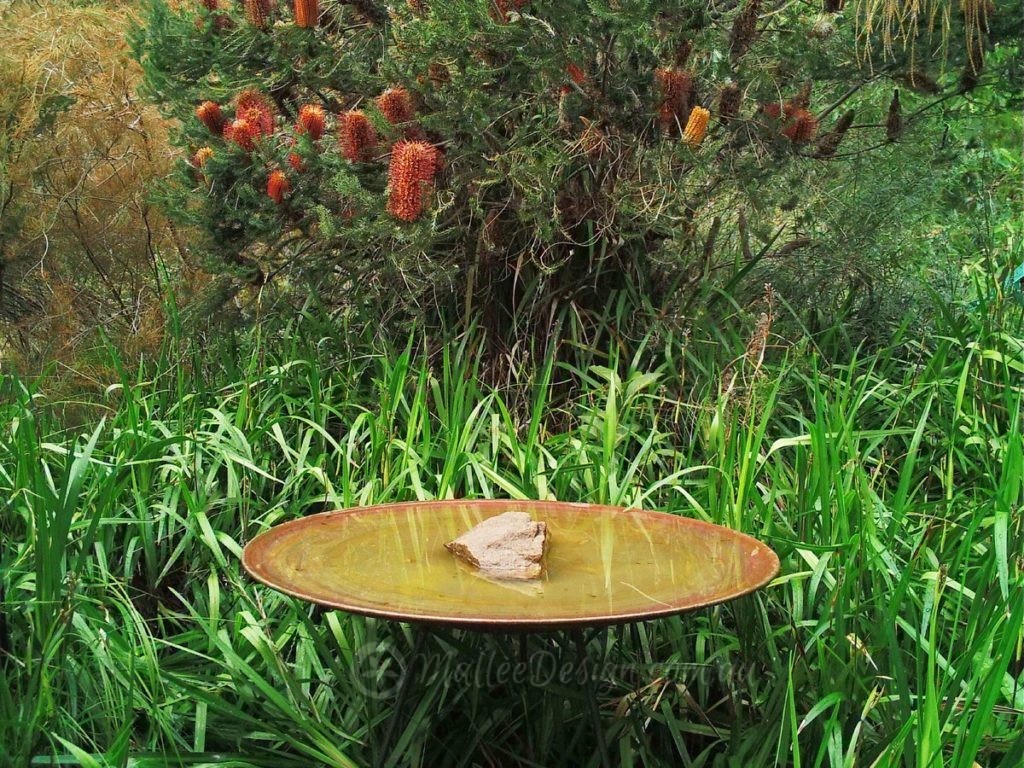
Leave a Reply